
Sign in to your Collider account
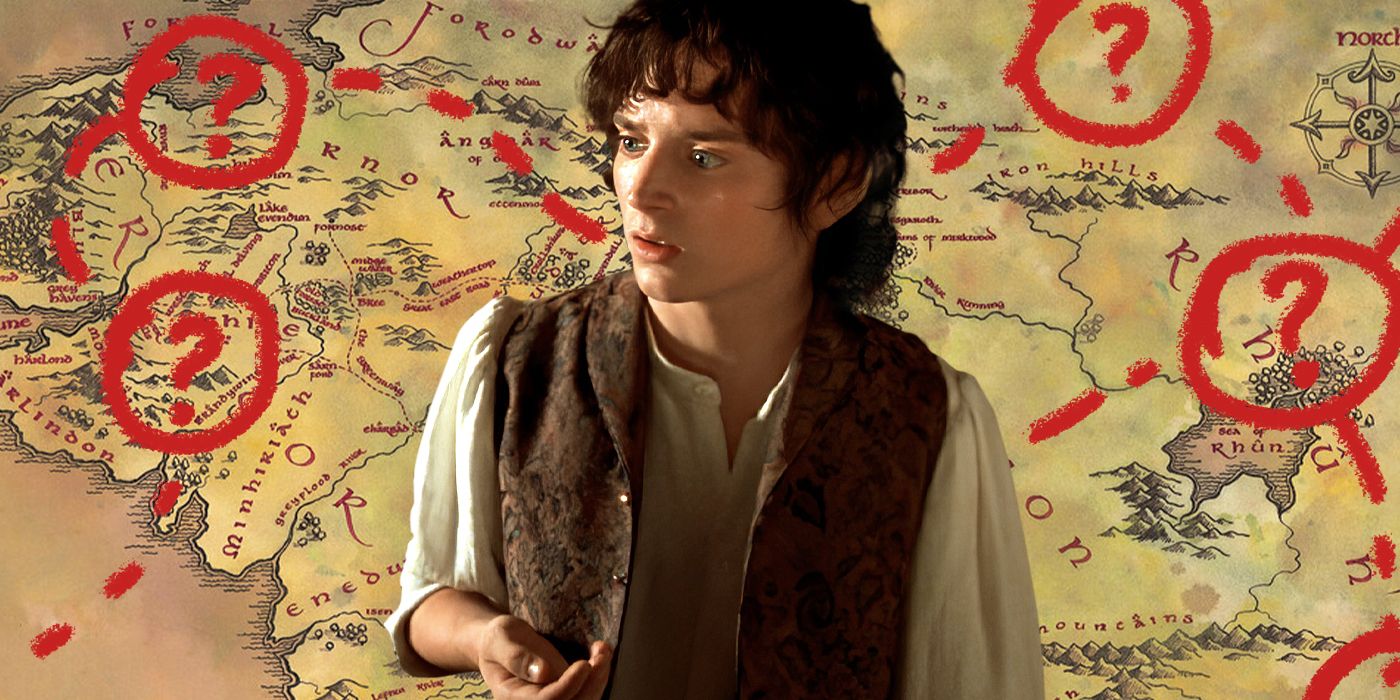 Custom Image by Federico Napoli
Custom Image by Federico Napoli
With J.R.R. Tolkien's high-fantasy world of Middle-earth being so far removed from our own, it's easy to get so caught up in what's on the map itself that we rarely even think about what's not on it. We know from The Lord of the Rings that Tolkien crafted endless stars in his legendarium, but are there other planets too? It's a question that most probably haven't pondered all too much over the years, but one that could easily lead to some theorizing about the far reaches of Tolkien's cosmos. Though extra-terrestrial life in Tolkien's universe has not been confirmed (you know, apart from all the spirit beings that come from the heavens), the author did note that other planets do exist in Eru Ilúvatar's created macrocosm, called Eä in his fictional world. Yes, there are other worlds out there, we just don't know much about them.
J.R.R. Tolkien Gave Names to Other Planets in Eä
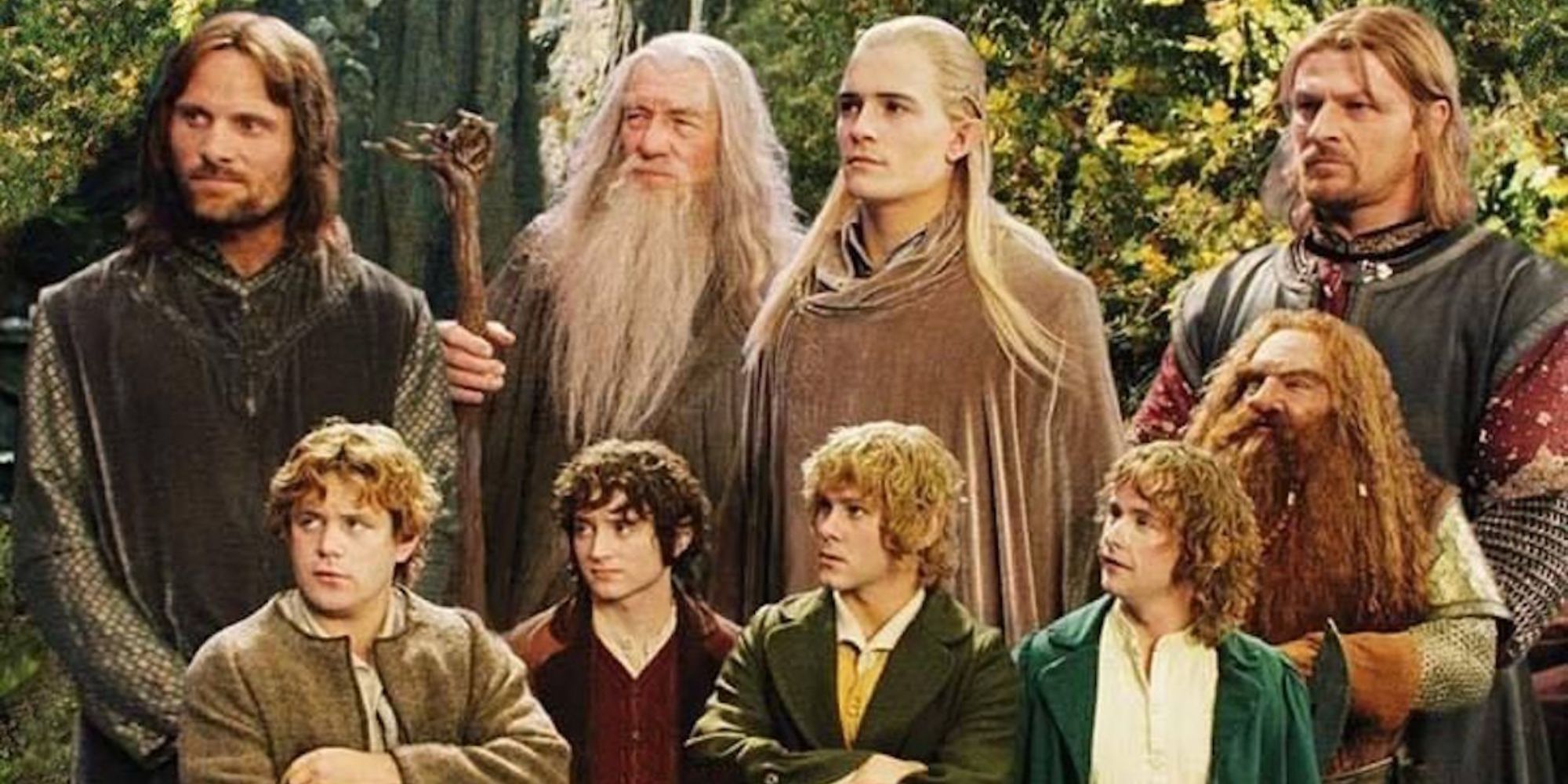 Image via New Line Cinema
Image via New Line Cinema
There are a few places in Tolkien's legendarium we know for sure exist. There's Arda, which is the Earth itself that largely makes up the Seen World, and then there's the Unseen World, which deals with many of the supernatural forces that existed before material beings like Men, Elves, and Dwarves were dreamed up. Outside Eä (the universe) exists the Timeless Halls – similar to Heaven, and the Timeless Void – an "everlasting darkness" somewhat akin to the Christian concept of Hell, which the original Dark Lord Morgoth was banished to. But within the seen and known portion of the cosmos (not solely on Arda itself) are other planets also. According to The Book of Lost Tales, Tolkien imagined various planets as existing within his created universe, going so far as to name them, as recorded in the tenth volume of The History of Middle-earth (collected by his son, Christopher Tolkien), titled Morgoth's Ring.
But what are these names? Well, in the Sindarin language (a form of Elvish), there's Silindo, Carnil, Elemmire, Luinil, Lumbar, and Nenar. These planets seemingly correlate to Jupiter, Mars, Mercury, Uranus, Saturn, and Neptune, respectively. It's worth noting, too, that the aforementioned Book of Lost Tales also refers to Jupiter by the name Morwen. We're not sure why there are two potential names for Jupiter, but it's clear from the sheer breadth of his work that Tolkien had a reason for everything, especially names. In any case, none of these planets are talked about elsewhere in Tolkien's lore or literature, and they don't factor into the larger narrative beyond simply existing. But that shouldn't exactly come as a surprise considering that, for the most part, planets don't affect our day-to-day life, either. With so much conflict already baked into Middle-earth history, there would be no time to explore other worlds.
Venus Plays a Larger Role in Middle-earth History
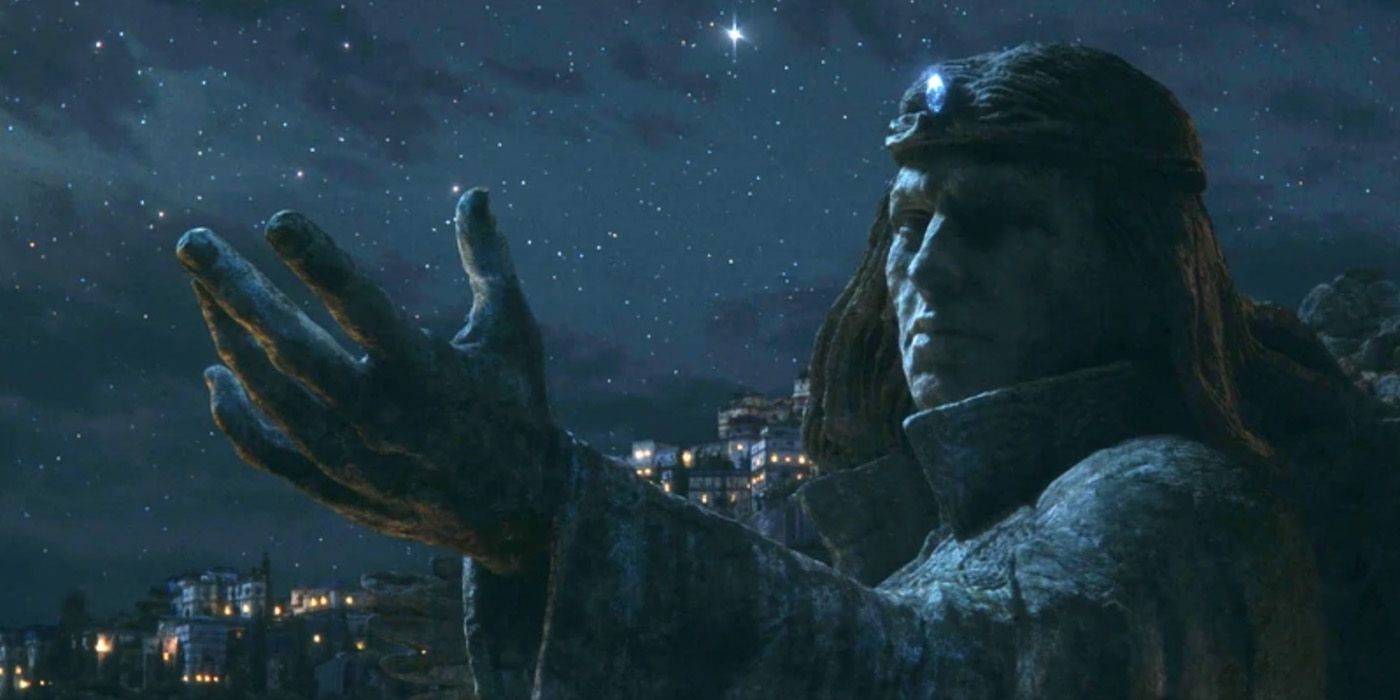 Image via Prime Video
Image via Prime Video
However, even including Arda/Earth, these named planets only account for seven of the eight counted in our own solar system. Well, nine if you count Pluto, which, as usual, is left out of the lineup. (This is a bit strange considering that Pluto was first deemed a planet in 1930, before Tolkien even began writing The Lord of the Rings, but we'll let it slide.) That just leaves Venus, which is curious considering the planet is our next-door neighbor. However, other sources have confirmed that Venus is a bit more involved in the history detailed in Tolkien's legendarium than the others. In fact, it ties in deeply with the Elves of the First Age, a mythic portion of Middle-earth history that can sometimes feel a bit unclear compared to all we know about later Ages.
1:30
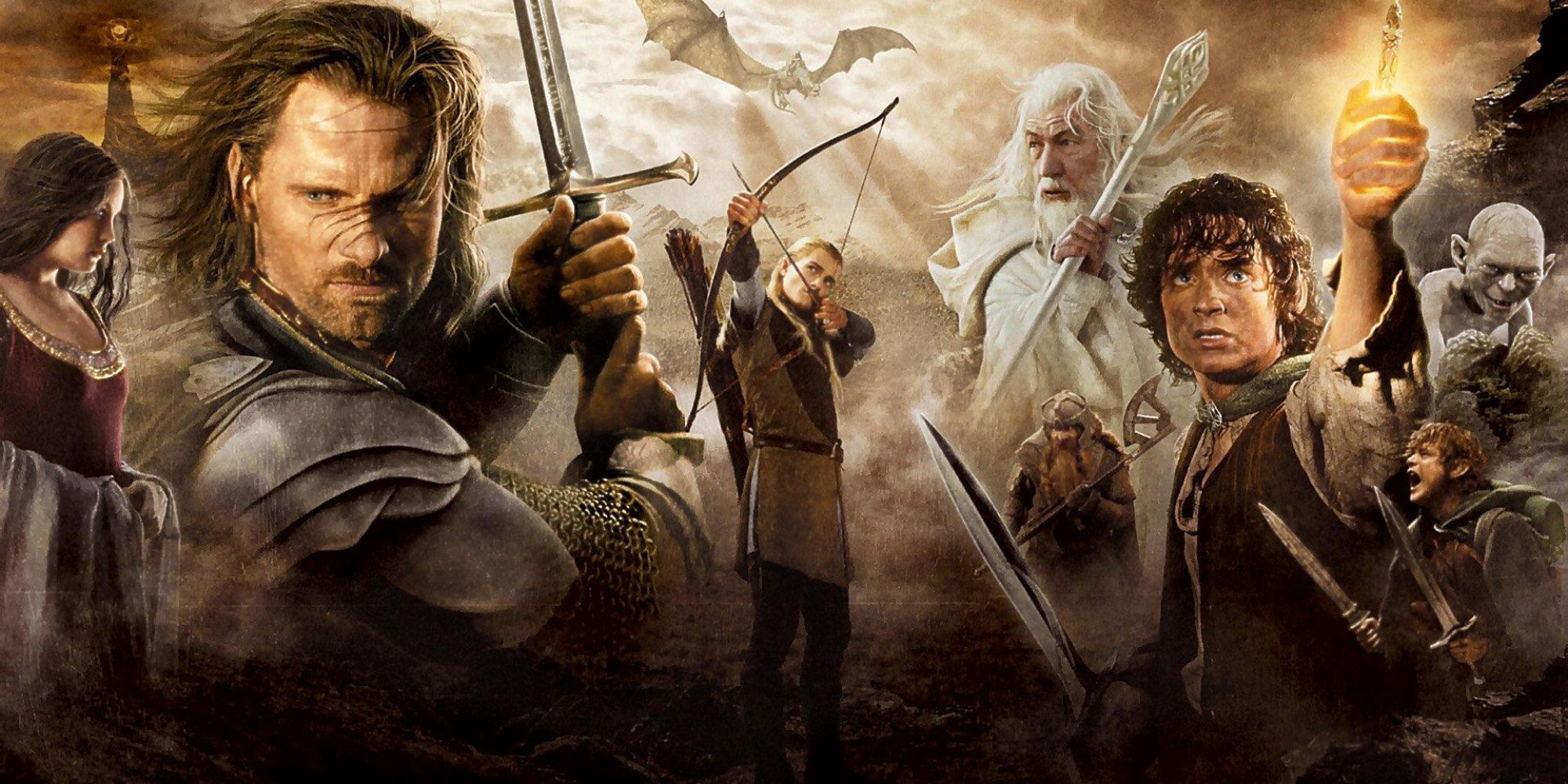
Related
The Lord of the Rings Adaptation Tolkien Hated
One does not simply rewrite J. R. R. Tolkien.
In Letter 297 of The Letters of J.R.R. Tolkien, the professor explains that the piece of the Silmaril that Eärendil the Mariner sailed into the heavens (an event only referenced in The Fellowship of the Ring but expanded on elsewhere in Tolkien's writings), called the Star of Eärendil or Gil-Orestel, is actually synonymous with the planet Venus. Once it was placed up there in the stars, it burned bright as a "morning star" for centuries, eventually coming to be known as Venus many ages down the line. Yes, you read that right. A Silmaril has the power to create an entire planet, according to Elven legend, and Venus would not exist in Eä without the act of Eärendil. Who is Eärendil? Why, he's the father of both Elros and Elrond, the founder of Númenor, and the founder of Rivendell, respectively.
J.R.R. Tolkien Imagined Arda as Earth of Ages Past
Of course, the reason why Tolkien committed so intently to ensuring that the main planets (again, sorry Pluto) were included in his high-fantasy cosmos was because his intention with his legendarium was to tell an alternative history to our world. Yes, Tolkien believed that there was a strong connection between the world of Middle-earth and ours, and so he ensured to put certain truths in place to reflect that. In Letter 165, collected in The Letters of J.R.R. Tolkien, the professor once wrote that, "though I have not attempted to relate the shape of the mountains and land-masses to what geologists may say or surmise about the nearer past, imaginatively this 'history' is supposed to take place in a period of the actual Old World of this planet." This means that when we say Arda and Earth are synonymous, in the world of The Lord of the Rings they're actually one and the same.
In another letter (Letter 221), penned in 1958, he expanded further on this idea by noting our place within the Middle-earth story. "I imagine the gap to be about 6000 years: that is we are now at the end of the Fifth Age, if the Ages were of about the same length as [the Second and Third Ages]," Tolkien explained. "But they have, I think, quickened; and I imagine we are actually at the end of the Sixth Age, or in the Seventh." It's interesting to think about how the fantasy writer considered our history and his fictional account to intermix. While Tolkien's world was indeed fantastical, magical, and purely fictional, its connection to ours — not unlike how his friend C.S. Lewis connected The Chronicles of Narnia to human history through the means of a multiverse, long before that concept was ever popular — makes it feel all the more real.
What's Next for The Lord of the Rings Franchise?
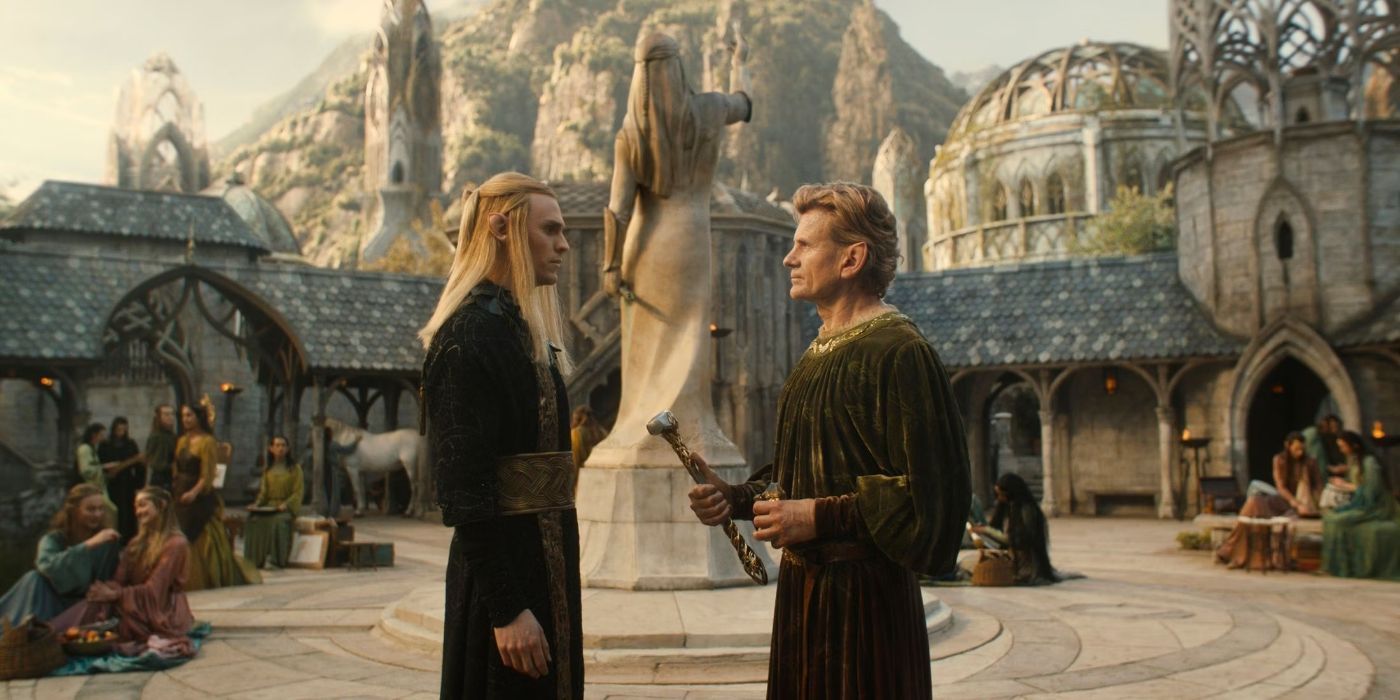 Image via Prime Video
Image via Prime Video
Although J.R.R. Tolkien will not be writing any more stories in the world of Middle-earth anytime soon (the author died back in 1973), that doesn't mean that the greater Lord of the Rings brand is over. Aside from the Peter Jackson trilogies, the world of Middle-earth continues to press on into the 21st century. Prime Video's controversial prequel series, The Lord of the Rings: The Rings of Power, is currently two seasons in with more in development, while 2024 also saw the release of the anime prequel movie, The Lord of the Rings: The War of the Rohirrim. Additionally, Andy Serkis is currently developing another prequel film, this time a live-action endeavor, currently titled The Lord of the Rings: The Hunt for Gollum (not to be confused with the stellar fan-film of the same name). The film, which is being produced by Jackson, is set to be directed by Serkis and released in 2026.
The Lord of the Rings is available to watch on Max in the U.S.
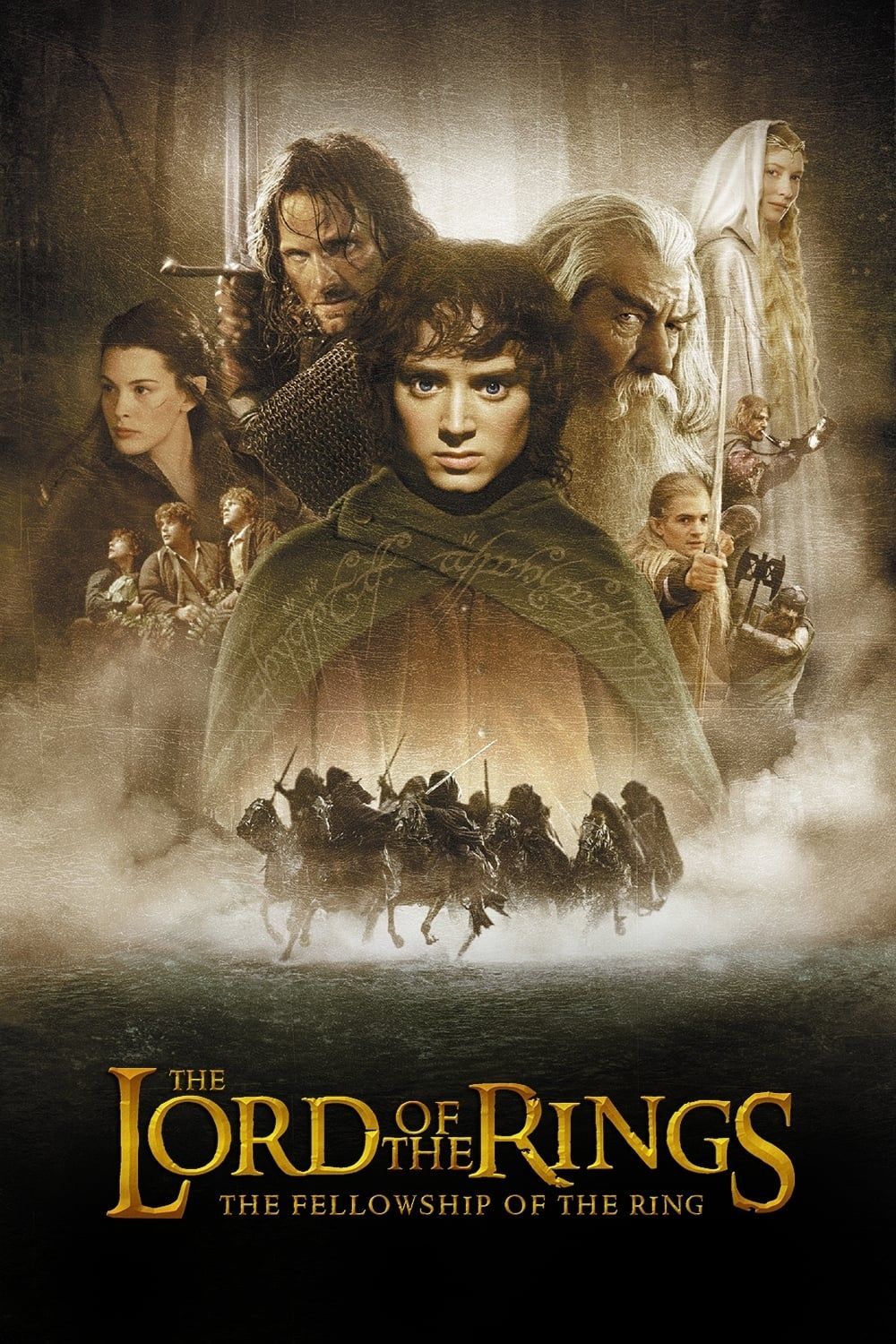
Your changes have been saved
Release Date December 19, 2001
Runtime 178 Minutes







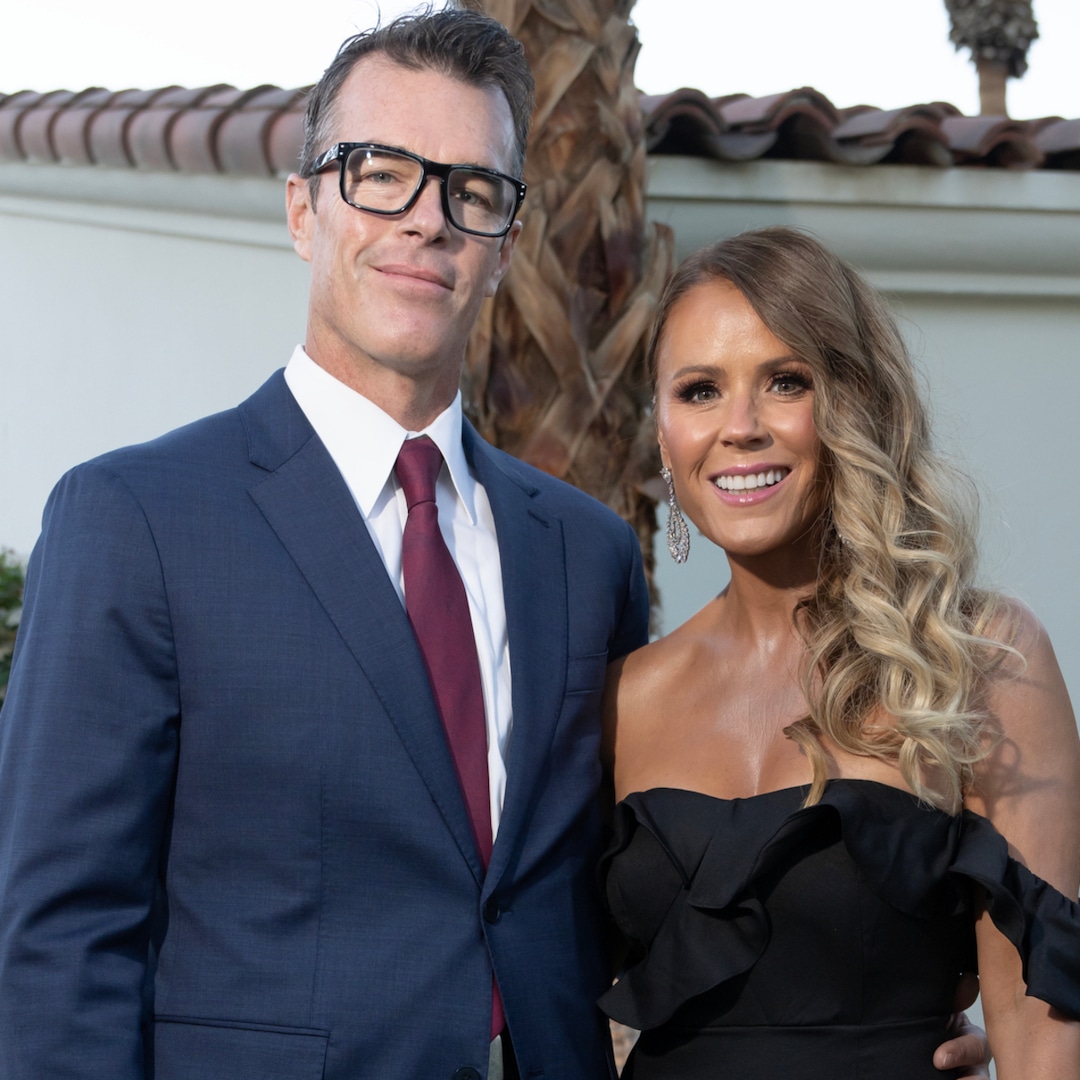

 English (US) ·
English (US) ·